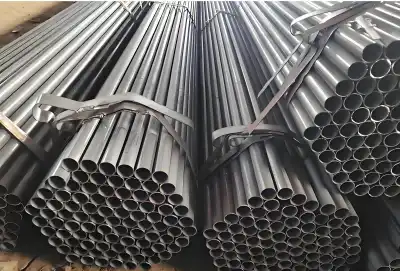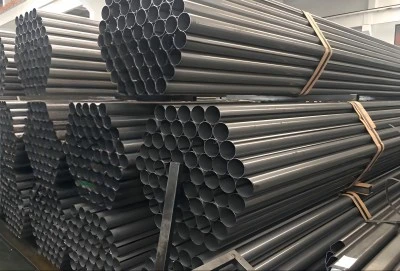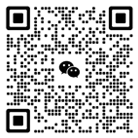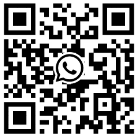Electric resistance welded (ERW) steel pipes are widely used in various industries due to their exceptional strength, durability, and cost-effectiveness. However, to ensure these pipes meet the required standards and perform optimally in their intended applications, they must undergo rigorous qualification processes. This article delves into the critical aspects of qualifying ERW-manufactured pipes, focusing on welding quality control, dimensional inspection, and mechanical property testing.
|
|
|
Welding Quality Control: The Foundation of ERW Pipe Integrity
The welding process is at the heart of ERW pipe manufacturing, and its quality directly impacts the pipe's overall performance and longevity. Welding quality control involves several key steps and techniques to ensure the integrity of the weld seam:
1. Weld Seam Inspection: Visual and non-destructive testing methods are employed to examine the weld seam for any defects or irregularities. This may include ultrasonic testing, eddy current testing, or magnetic particle inspection.
2. Heat Affected Zone (HAZ) Analysis: The area adjacent to the weld, known as the heat affected zone, is carefully examined to ensure that the welding process has not compromised the material properties of the base metal.
3. Weld Bead Profile: The shape and consistency of the weld bead are assessed to ensure proper fusion and minimal stress concentration points.
4. Welding Parameter Monitoring: Throughout the manufacturing process, key welding parameters such as current, voltage, and welding speed are continuously monitored and adjusted to maintain optimal welding conditions.
5. Post-Weld Heat Treatment: When required by specifications or for certain applications, ERW pipes may undergo post-weld heat treatment to relieve residual stresses and improve the overall mechanical properties of the welded joint.
By implementing robust welding quality control measures, manufacturers can ensure that ERW pipes meet the highest standards of structural integrity and performance reliability.
Dimensional Inspection: Precision in ERW Pipe Manufacturing
Dimensional accuracy is crucial for ERW pipes to function properly in their intended applications and to meet industry standards. The dimensional inspection process involves several key measurements and checks:
1. Outside Diameter (OD) and Wall Thickness: Precise measurements of the pipe's OD and wall thickness are taken at multiple points along the length of the pipe to ensure consistency and compliance with specified tolerances.
2. Ovality: The pipe's cross-section is examined to verify that it maintains a circular shape within acceptable limits, as excessive ovality can affect installation and performance.
3. Straightness: The overall straightness of the pipe is assessed to ensure it meets the required specifications, which is particularly important for long pipe sections.
4. End Squareness: The ends of the pipe are checked to confirm they are perpendicular to the pipe's axis, which is critical for proper joining and installation.
5. Length Measurement: The pipe's length is verified to meet customer requirements and industry standards.
6. Surface Finish: The pipe's surface is inspected for any imperfections, such as scratches, dents, or other defects that could affect its performance or protective coatings.
Advanced measurement technologies, including laser-based systems and coordinate measuring machines (CMMs), are often employed to ensure high precision in dimensional inspection. This level of accuracy is essential for maintaining the quality and reliability of ERW pipes across various applications.
Mechanical Property Testing: Assessing ERW Pipe Performance
Mechanical property testing is a critical component of the ERW pipe qualification process, as it verifies the pipe's ability to withstand the stresses and strains it will encounter during its service life. The following tests are commonly performed:
1. Tensile Strength Test: This test measures the pipe's ability to resist breaking under tension. It provides important data on the pipe's yield strength, ultimate tensile strength, and elongation properties.
2. Flattening Test: ERW pipes are subjected to a flattening test to assess the ductility of the pipe body and the integrity of the weld seam under severe plastic deformation.
3. Bend Test: This test evaluates the pipe's ability to withstand bending forces without cracking or showing signs of failure, particularly in the weld area.
4. Hardness Test: Hardness measurements are taken on the pipe body and weld seam to ensure consistent material properties and to detect any undesirable hardening effects from the welding process.
5. Impact Test: For applications requiring toughness at low temperatures, Charpy V-notch impact tests may be conducted to assess the pipe's resistance to brittle fracture.
6. Hydrostatic Pressure Test: This test verifies the pipe's ability to withstand internal pressure without leakage or failure, simulating real-world operating conditions.
7. Burst Test: In some cases, burst tests are performed to determine the maximum pressure the pipe can withstand before failure, providing a safety factor for design considerations.
These mechanical property tests are typically conducted in accordance with international standards such as API, ASTM, or ISO, depending on the specific application and customer requirements. The results of these tests provide crucial data for engineers and end-users to ensure that the ERW pipes will perform reliably in their intended service conditions.
The qualification of ERW-manufactured pipes is a comprehensive process that encompasses welding quality control, dimensional inspection, and mechanical property testing. By rigorously evaluating these aspects, manufacturers can ensure that their electric resistance welded steel pipes meet the highest standards of quality, reliability, and performance.
Longma Group is here to meet your needs. We specialize in producing ERW steel pipes that meet a wide range of standards, including ASTM A53 Gr.B, API 5L (Gr.B, X42, X46, X52, X56, X60, X65, X70, X80 PSL1 and PSL2), ASTM A252, ASTM A500, AS/NZS 1163, AS/NZS1074, EN10219, and EN10217. Our products feature outer diameters from 1/4" to 20" (13.7mm to 508mm), thicknesses from SCH10 to SCH160 (6.35mm to 59.54mm), and lengths from 6m to 18m, with options for beveled ends (BE) or plain ends (PE). Don't miss the opportunity to enhance your projects with our premium steel pipes. Contact us now at info@longma-group.com to explore how we can be your reliable partner in providing top-quality ERW steel pipe solutions.














